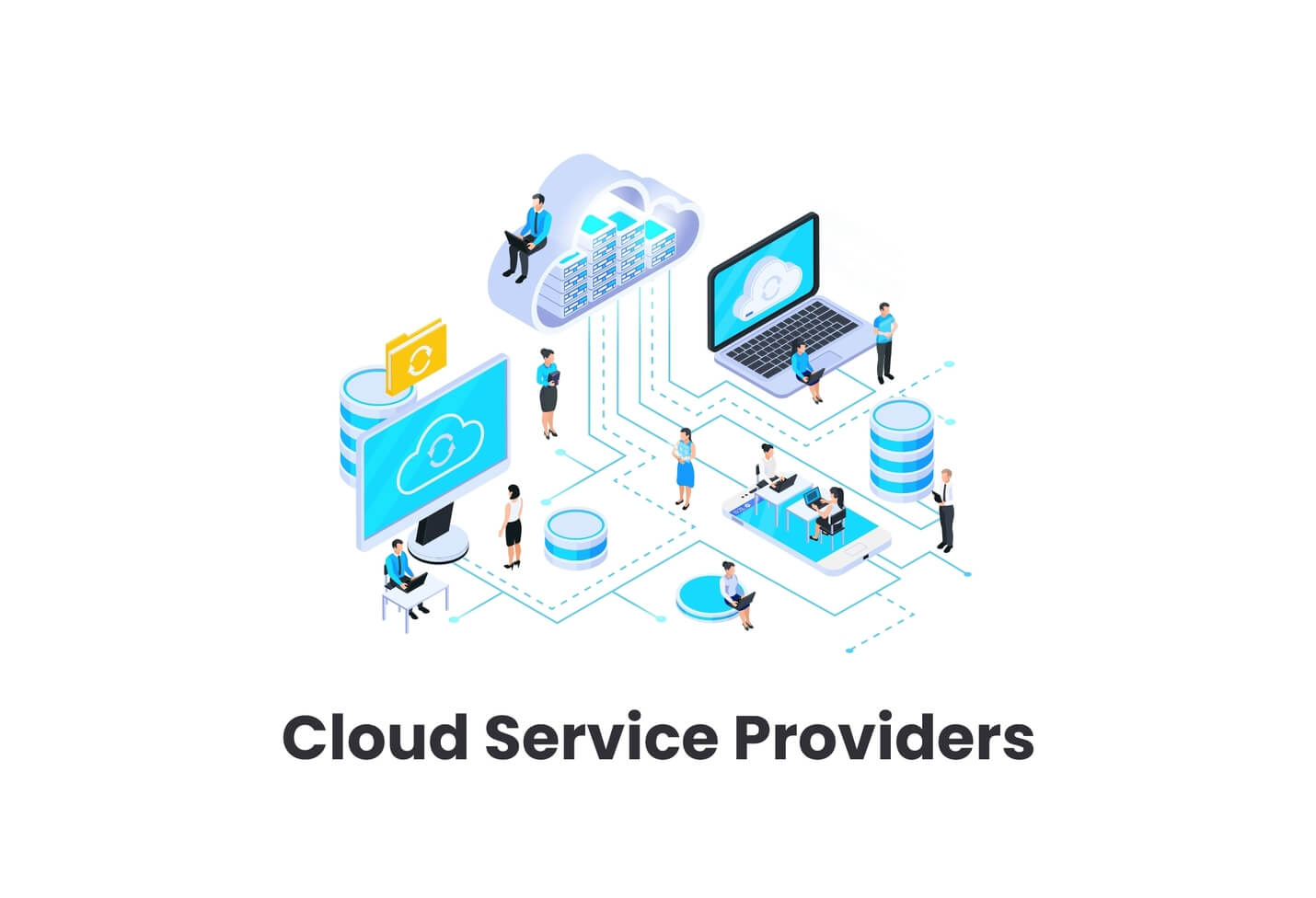Why Choose LinkDaddy Cloud Services: Benefits and Attributes Described
Wiki Article
Achieve Seamless Scalability With Cloud Services
In the ever-evolving landscape of cloud services, accomplishing seamless scalability stands as a keystone for modern businesses looking for to stay versatile and affordable. The mission for smooth scalability with cloud solutions unveils a world of opportunities for those prepared to embrace the transformative power of vibrant resource management.Advantages of Cloud Scalability
Cloud scalability uses organizations the adaptability to dynamically adjust resources based upon need, making certain ideal efficiency and price performance. One essential advantage is the ability to scale resources up or down quickly in action to varying workloads. This agility allows companies to fulfill transforming consumer demands without over-provisioning resources, eventually leading to cost financial savings. Scalability also improves efficiency by ensuring that systems can take care of enhanced web traffic or work without experiencing downtime or stagnations. By efficiently alloting sources, organizations can preserve high levels of performance throughout peak times without unneeded expenditures during quieter durations. In addition, cloud scalability promotes technology and testing by allowing services to easily check originalities and scale them as required. This versatility motivates a culture of constant enhancement and adaptation, allowing companies to stay competitive in a rapidly developing market landscape. Eventually, the benefits of cloud scalability extend past cost financial savings to incorporate improved efficiency, agility, and innovation.Trick Functions for Scaling
Effective scaling in cloud services counts on vital features that make it possible for organizations to adjust sources dynamically based on need. Another crucial attribute is scalability, enabling systems to deal with enhanced work by adding resources effortlessly. Overall, these vital features collectively empower companies to attain seamless scalability in cloud solutions.Applying Auto-Scaling Approaches
To successfully optimize resource allocation and adapt to differing work, organizations need to tactically apply auto-scaling approaches in their cloud services framework. Auto-scaling allows systems to automatically adjust the variety of calculate resources based on real-time demand. There are different auto-scaling techniques that organizations can employ, such as predictive scaling, which utilizes historical data to anticipate future source demands, and reactive scaling, which reacts to present work adjustments.
Best Practices for Scalability
For companies intending to improve their scalability in cloud services, applying best practices is important for ideal efficiency and source monitoring. One key best method is making applications with a microservices design. This strategy breaks down applications right into smaller sized, independent solutions that can be released, upgraded, and scaled independently, permitting higher versatility and scalability.Another vital practice is making use of containerization innovation, such as Docker or Kubernetes. Containers make it possible for the packaging of applications and their dependences into isolated systems, making it easier to scale elements independently and release them constantly throughout various environments.
Furthermore, executing automated implementation and facilities as code (IaC) can improve scalability initiatives (linkdaddy cloud services). Automation tools like Terraform or Ansible aid in provisioning and taking have a peek at these guys care of resources effectively, reducing hands-on mistakes and making it possible for rapid scalability
In addition, monitoring efficiency metrics, setting up signals, and carrying out routine capability preparation are crucial practices to ensure proactive scalability administration. By adhering to these ideal practices, companies can accomplish smooth scalability in their cloud services while maximizing performance and source application.
Surveillance Efficiency Metrics
When evaluating the effectiveness of cloud solutions scalability, carefully monitoring efficiency metrics is essential for guaranteeing ideal functionality and source appropriation. By constantly tracking key performance signs (KPIs) such as action times, throughput, resource, and latency usage, organizations can acquire useful insights right into the health and wellness and effectiveness of their cloud facilities. Monitoring efficiency metrics enables the early discovery of potential bottlenecks or concerns that might impact scalability, enabling positive actions to be taken to resolve them before they intensify.

Conclusion
To conclude, achieving smooth scalability with cloud solutions is vital for organizations to enhance efficiency, improve advancement, and keep high performance levels throughout peak times. By leveraging the benefits of cloud scalability, implementing auto-scaling strategies, using essential attributes such as elasticity and automation, and complying with best techniques like application design and performance monitoring, organizations can effectively scale their systems while making best my company use of source utilization and performance.The mission for smooth scalability with cloud services unveils a globe of opportunities for those prepared to embrace the transformative power of vibrant resource administration.
Cloud scalability offers organizations the versatility to dynamically adjust resources based on demand, ensuring ideal performance and price performance. One more key function is scalability, making it possible for systems to manage raised workload by including sources perfectly.For companies aiming Our site to improve their scalability in cloud solutions, implementing finest practices is crucial for optimal performance and resource management.When analyzing the effectiveness of cloud solutions scalability, closely keeping track of efficiency metrics is essential for ensuring optimal capability and source allocation.
Report this wiki page